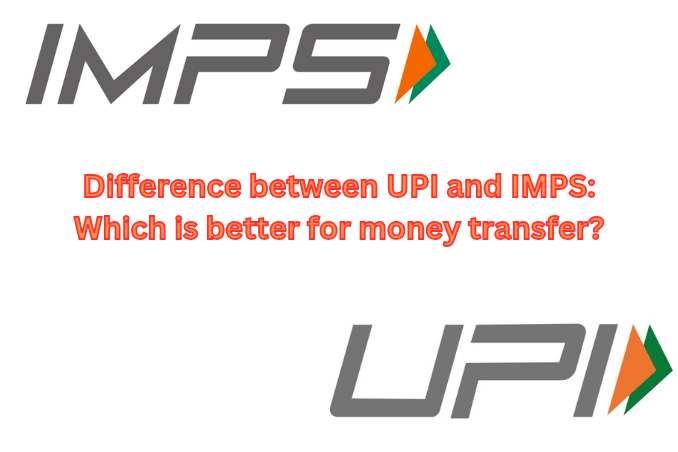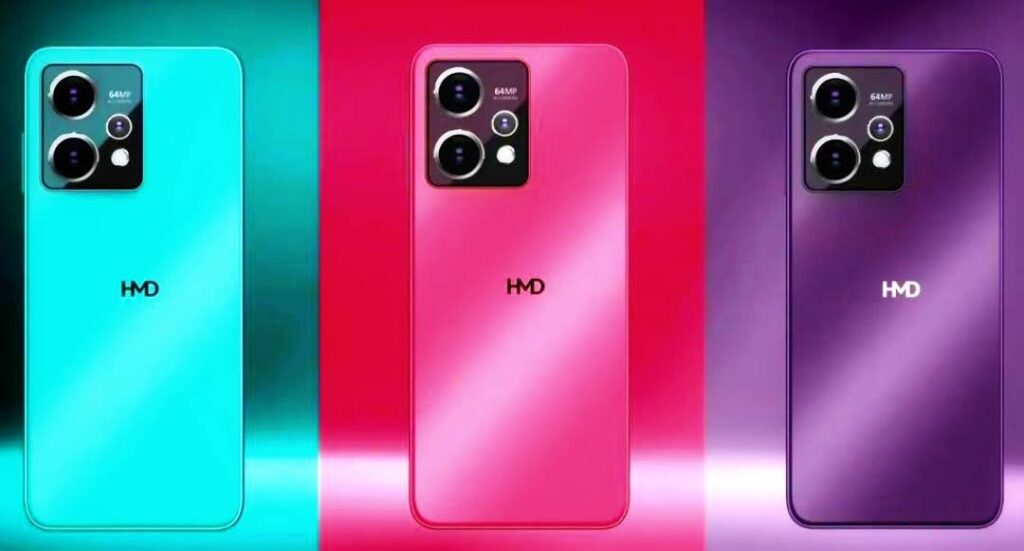
The advent of digital payment systems has made fund transfers much easier and safer. Two major methods are used in India, UPI (Unified Payments Interface) and IMPS (Immediate Payment Service). Both these methods allow money transfer in real-time, but there are significant differences between them. Let us understand in detail what is the difference between UPI and IMPS and which one is better to use.
What is UPI?
UPI is a mobile-first payment system that allows users to link multiple bank accounts to a single app using a virtual payment address (VPA) or mobile number. Using this, users can easily avail of bill payments, QR code transactions and other financial services. The biggest feature of UPI is its user-friendly interface, which makes peer-to-peer transactions fast and simple.
What is IMPS?
IMPS is a fund transfer service that provides the facility of sending money from one bank to another instantly. It requires information like bank account number and IFSC code. IMPS is mainly used through banking apps or net banking. This service is available 24/7, which makes fund transfers possible across the country.
Key differences between UPI and IMPS
Platform and interface
- UPI: Based on the mobile app, which uses VPA or phone number.
- IMPS: Transfers funds through account number and IFSC code.
User experience
- UPI: Simple and user-friendly, which does not require banking details.
- IMPS: More formal, which requires complete account information.
Interoperability
- UPI: Works across platforms, so no recipient information is required.
- IMPS: Requires specific bank account information.
Transaction limits
- UPI: Usually a daily limit of Rs 1 lakh.
- IMPS: Can have limits of Rs 2 lakh to Rs 5 lakh.
Fees
- UPI: Most transactions are free or with minimal charges.
- IMPS: May incur small fees, which vary depending on the amount transferred.
Ecosystem
- UPI: Integrated with many third-party apps like Google Pay, PhonePe, and Paytm.
- IMPS: Primarily through banking apps or net banking.
Adoption
- UPI: Used more for small payments, retail purchases, and peer-to-peer transactions.
- IMPS: For inter-bank transfers, especially where UPI is not available.
Conclusion
If you want an easy and fast solution for everyday transactions, UPI is the best option. Its user-friendly nature and wide ecosystem make it ideal for small payments. On the other hand, IMPS can be used for inter-bank transfers where a large amount is required. So, depending on your fund transfer requirement, there is a choice between UPI and IMPS.


